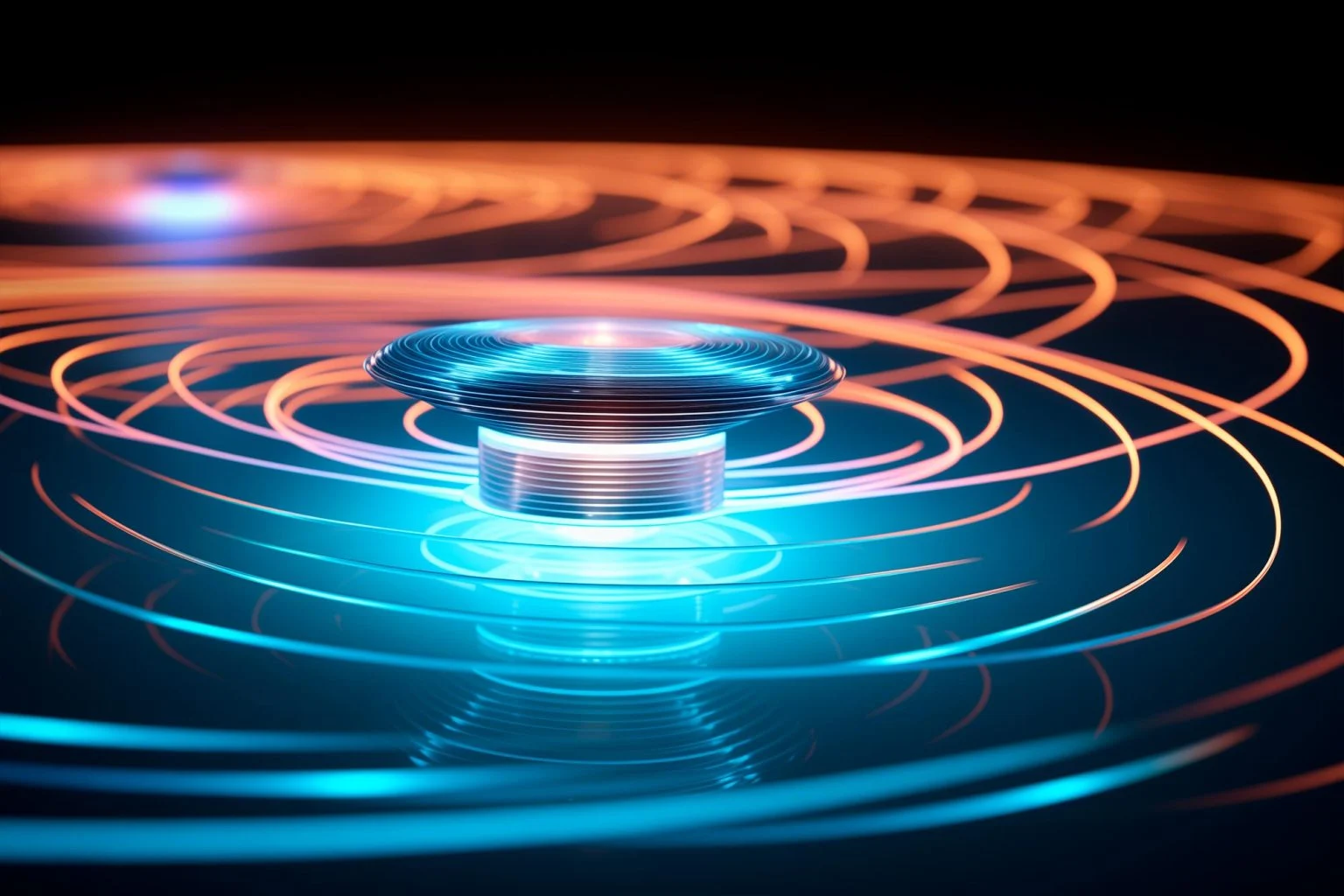Researchers amplified electromagnetic waves using spinning metal cylinders. That experiment proved the Sunyaev–Zeldovich, SZ effect, is vital for galactic masses and quantum phenomena. The SZ or Zeldovich effect can make many theoretical things possible. The SZ effect can probably help to make the WARP bubble. Even if the WARP drive for the spacecraft is in the distant future, that thing can made for qubits. In that case, the WARP bubble transports electrons through the air. That can make a great revolution for the quantum internet.
The Zeldovich effect or literary "The Sunyaev–Zeldovich effect (named after Rashid Sunyaev and Yakov B. Zeldovich and often abbreviated as the SZ effect) is the spectral distortion of the cosmic microwave background (CMB) through inverse Compton scattering by high-energy electrons in galaxy clusters, in which the low-energy CMB photons receive an average energy boost during collision with the high-energy cluster electrons. Observed distortions of the cosmic microwave background spectrum are used to detect the disturbance of density in the universe. Using the Sunyaev–Zeldovich effect, dense clusters of galaxies have been observed." (Wikipedia, Sunyaev–Zeldovich effect)
"Equipment used to complete the Zel’dovich experiment. Credit: University of Southampton" (ScitechDaily, 50-Year-Old Physics Theory Proven for the First Time With Electromagnetic Waves)"The Zel’dovich effect works on the principle that waves with angular momentum, that would usually be absorbed by an object, actually become amplified by that object instead, if it is rotating at a fast enough angular velocity. In this case, the object is an aluminum cylinder and it must rotate faster than the frequency of the incoming radiation,” explains a Research Fellow at the University of Southampton, Dr. Marion Cromb." (ScitechDaily, 50-Year-Old Physics Theory Proven for the First Time With Electromagnetic Waves)
That thing causes interesting ideas for modeling things like black holes and fast-rotating neutron stars' interaction with electromagnetic fields. In some interesting visions, the black hole or neutron star can have a faster than incoming radiation including gravitational radiation. That thing can mean that the incoming radiation that normally reflects turns stronger.
The idea is that the fast-rotating cylinder moves kinetic energy to the reflecting waves. That can help make models for things like black holes. Because fast-rotating cylinders are making this thing to electromagnetic waves that thing can happen also in gravity waves. The SZ effect can also make it possible to create futuristic engines and other, stealth systems. The SZ effect makes it possible to create very highly accurate counterwaves that can deny the incoming waves from reaching the object. Or energy impulses that make the crafts hover in the air.
https://scitechdaily.com/50-year-old-physics-theory-proven-for-the-first-time-with-electromagnetic-waves/
https://en.wikipedia.org/wiki/Compton_scattering
https://en.wikipedia.org/wiki/Cosmic_microwave_background
https://en.wikipedia.org/wiki/Sunyaev%E2%80%93Zeldovich_effect
https://en.wikipedia.org/wiki/Warp_drive





No comments:
Post a Comment
Note: Only a member of this blog may post a comment.